Cucumbers are a popular and rewarding crop for both beginner and experienced gardeners alike. If you’re wondering how to grow cucumbers successfully, the key lies in providing the right conditions and care throughout the growing season. With their crisp texture and refreshing taste, cucumbers thrive in warm weather and can be grown in the ground, raised beds, or containers—making them a versatile addition to any garden.
Choosing the Right Variety
There are two main types of cucumbers: slicing cucumbers, which are eaten fresh, and pickling cucumbers, which are smaller and ideal for preserving. Some popular varieties include:
- Marketmore 76 (slicing)
- English Cucumbers: (slicing)
- Boston Pickling (pickling)
- Bush Champion (container-friendly)
- Lemon Cucumber (round, yellow, and sweet)
When and Where to Plant
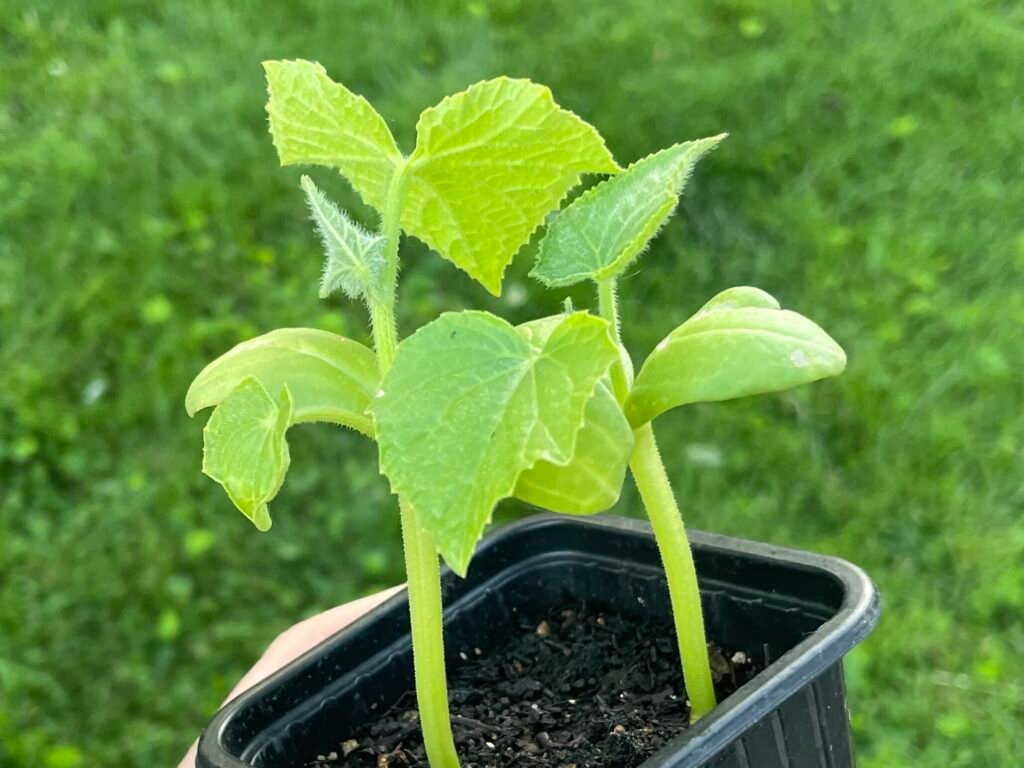
Cucumbers love warmth, so timing and location are essential:
- Start seeds indoors 3–4 weeks before your last frost date, or direct sow in the garden after all danger of frost has passed.
- Choose a location with full sun (at least 6–8 hours daily).
- Ensure well-draining soil enriched with compost or organic matter.
How to Grow Cucumbers from Seed
- Soil Preparation:
- Cucumbers prefer a soil pH of 6.0 to 7.0.
- Add compost or aged manure to boost fertility.
- Sowing Seeds:
- Plant seeds 1 inch deep and 12 inches apart.
- Thin to one seedling per 12–18 inches once they sprout.
- Use trellises for vining varieties to save space and improve air circulation.
- Transplanting Seedlings:
- Harden off seedlings by gradually exposing them to outdoor conditions.
- Transplant after the soil reaches at least 70°F (21°C) (check grow zone last frost).
Watering and Fertilizing
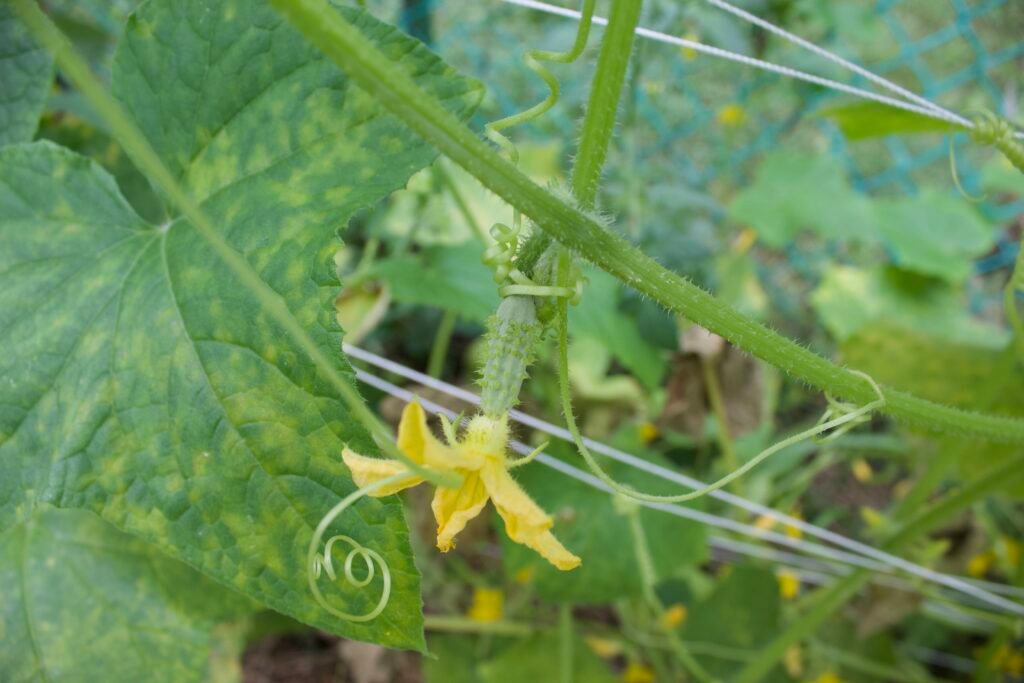
- Keep the soil consistently moist but not soggy.
- Water at the base to avoid powdery mildew (drip irrigation is ideal).
- Apply a balanced fertilizer every 2–3 weeks, especially when fruiting starts.
Pest and Disease Management
Cucumbers can be vulnerable to:
- Aphids and cucumber beetles
- Powdery mildew and downy mildew
Use row covers early in the season and plant disease-resistant varieties when possible. Grow vertically with proper spacing. Keep foliage dry and ensure good air circulation.
Harvesting
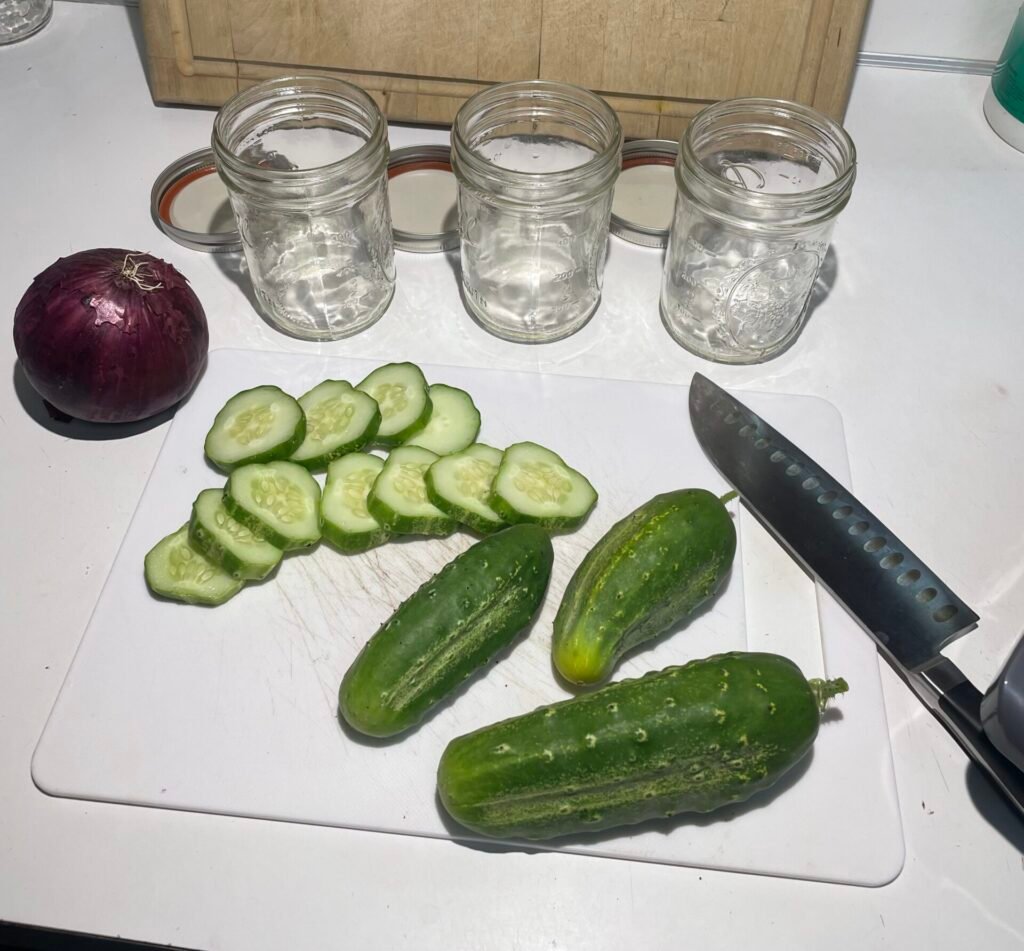
- Pick cucumbers when they’re firm and uniformly green.
- Slicing types are usually 6–8 inches long.
- Pickling types can be harvested smaller for a crisper texture (waiting to long will result in mushy pickles)
- Regular harvesting encourages more production.
Companion plants
Growing cucumbers alongside the right companion plants can naturally deter pests, maximize space, and even enhance flavor. Here are some top choices:
- Marigolds and Nasturtiums: These vibrant flowers repel harmful insects like beetles and thrips, providing a natural pest barrier for your cucumber plants.
- Radishes, Beets, Carrots, and Onions: These root vegetables grow primarily underground, making them perfect companions that won’t compete for above-ground space or sunlight.
- Lettuce: Thriving in similar conditions, lettuce is a low-growing plant that coexists peacefully with cucumbers, sharing nutrients without conflict.
- Oregano and Dill: These herbs are excellent for pest control—oregano repels various bugs, while dill draws in beneficial predatory insects and may even enhance the flavor of your cucumbers.
The Importance of Flowers for Cucumber Pollination
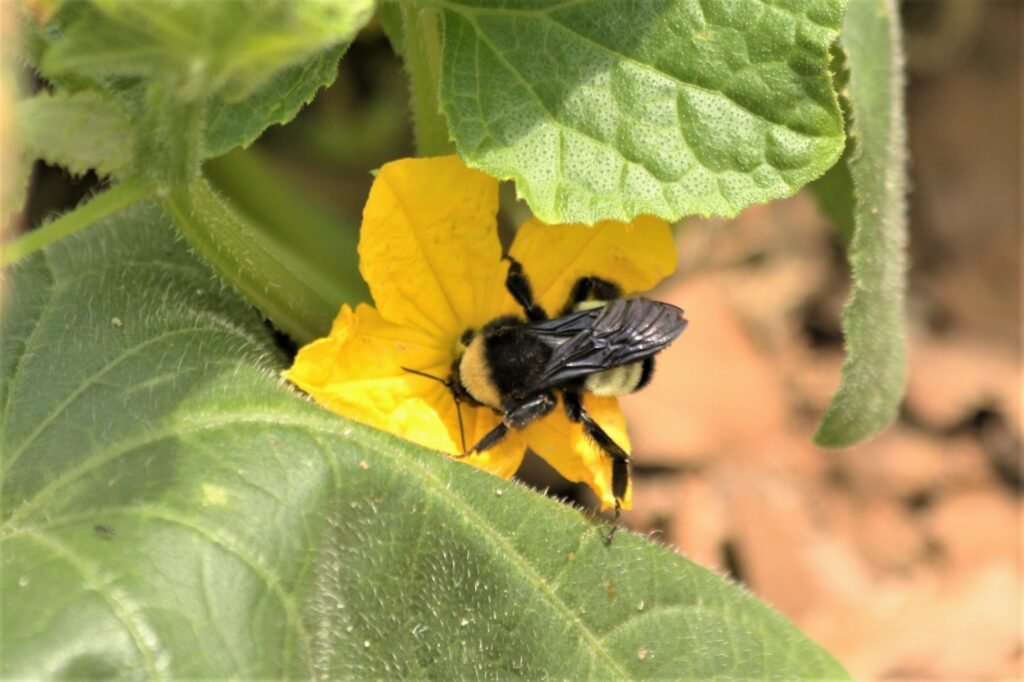
Cucumber plants depend on pollinators like bees to produce fruit, but their small, pale-yellow flowers can easily be overlooked—especially in a garden without other blooms to draw attention. From experience, cucumbers grow far more successfully when surrounded by a variety of showy, colorful flowers. These floral companions act as magnets for pollinators, who are then more likely to visit the cucumber blossoms during their rounds.
Pollinators are essential because cucumber plants produce both male and female flowers, and successful reproduction depends on pollen being transferred between them. Without adequate pollination, you may see flowers form but no fruit develop. By planting bright bloomers like zinnias, nasturtiums, marigolds, bee balm, or sunflowers near your cucumbers, you can increase pollinator traffic and improve your overall harvest.
Tips for Success
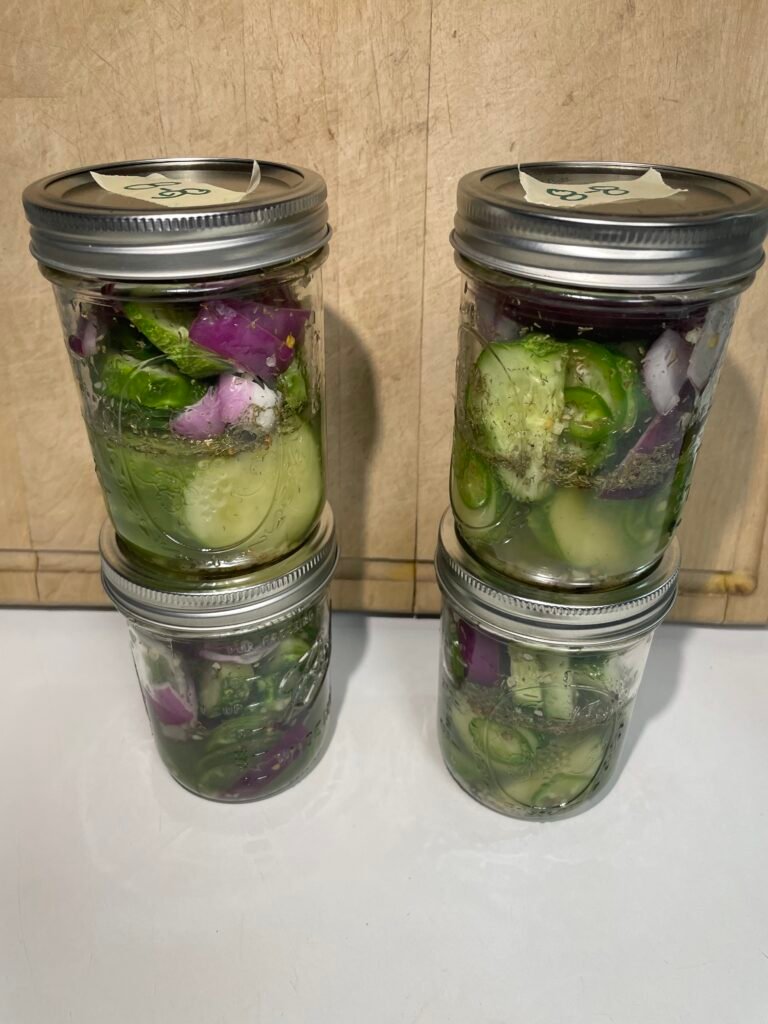
- Mulch to retain moisture and suppress weeds.
- Use drip irrigation to insure consistent watering
- Rotate crops yearly to prevent soil-borne diseases.
- Grow flowers nearby to attract pollinators.
- Make sure there is plenty of air circulation
- Companion plant to maximize space, improve soil health and repel pests
Conclusion Learning how to grow cucumbers is simple with the right preparation and care. Whether you’re growing them for salads, pickles, or garden snacking, cucumbers can offer a bountiful harvest with just a bit of effort. Happy planting!

